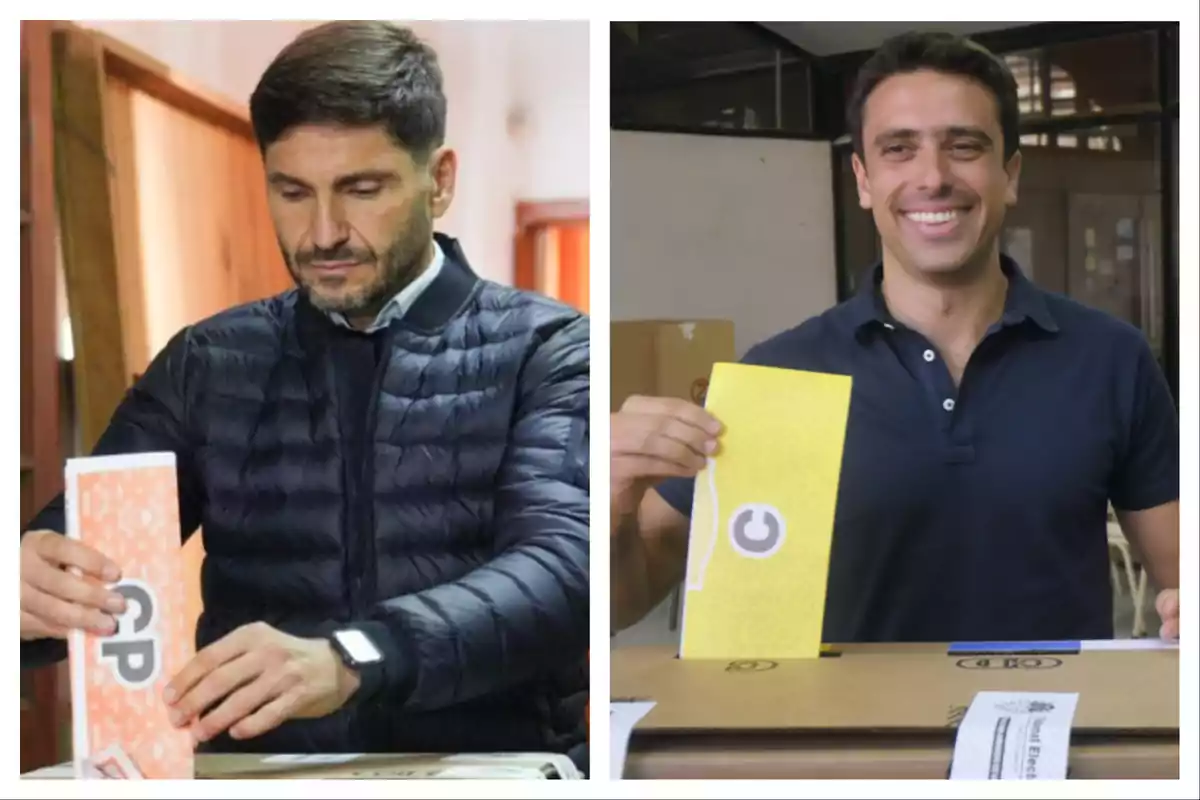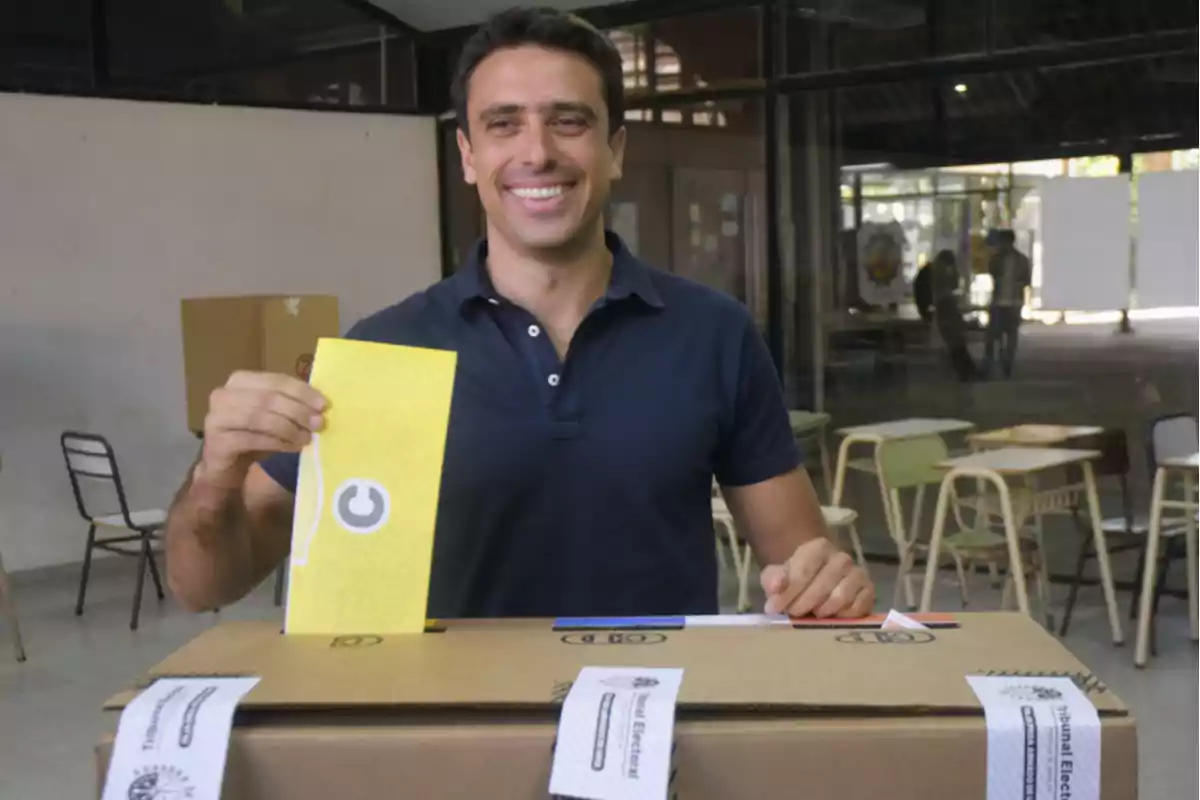
Santa Fe Elections: Pullaro triumphs but the libertarian Alert prevails in Rosario
The elections aim to form the new Constituent Convention for Santa Fe
The province of Santa Fe held the first election of the 2025 electoral calendar in Argentina this Sunday. With a focus on the formation of the Constitutional Convention, Governor Maximiliano Pullaro's list positions itself as the most voted candidate on this key day, according to the first unofficial data.
Although the official preliminary results are expected at 9:30 PM, the advantage obtained by the current Santa Fe leader would allow him to consolidate as the big winner of the day. However, the libertarian candidate Juan Pedro Aleartis winning the elections in Rosario, the most populated city in Santa Fe.

Follow the minute-by-minute of the elections in Santa Fe
9:47 PM - With more than 84.21%, Pullaro's victory in Santa Fe is confirmed
The trends remain with almost all the tables counted. Great election by the libertarian candidate Eugenia Rolón in the San Lorenzo department, obtaining 20.39%. Meanwhile, Aleart leads the election in Rosario, with 31.43% in the Departmental Convention.
9:21 PM - Just over 72% of the tables have been counted
The partial results indicate that in the single district conventionals, Unidos para Cambiar Santa Fe, Maximiliano Pullaro's party, obtains 36.69% of the votes. Meanwhile, Más para Santa Fe, by Juan Monteverde, reaches 14.14% of the votes. On his side, Nicolás Mayoraz and La Libertad Avanza get 13.57% of the votes.
9:00 PM - Juntos por el Cambio leaders congratulated Pullaro on the election
Leaders of PRO and the Unión Cívica Radical congratulated the governor of Santa Fe who ran for the elections to reform the Provincial Constitution when the counting of the tables had not yet closed.
8:43 PM - Authorities estimate that there will be provisional results around 9:30 PM
The Electoral Secretary of Santa Fe, Pablo Ayala, assured that the process developed without major incidents and stated that around 9:30 PM there could be a real trend of the candidates and the percentage of citizen participation.
More posts: